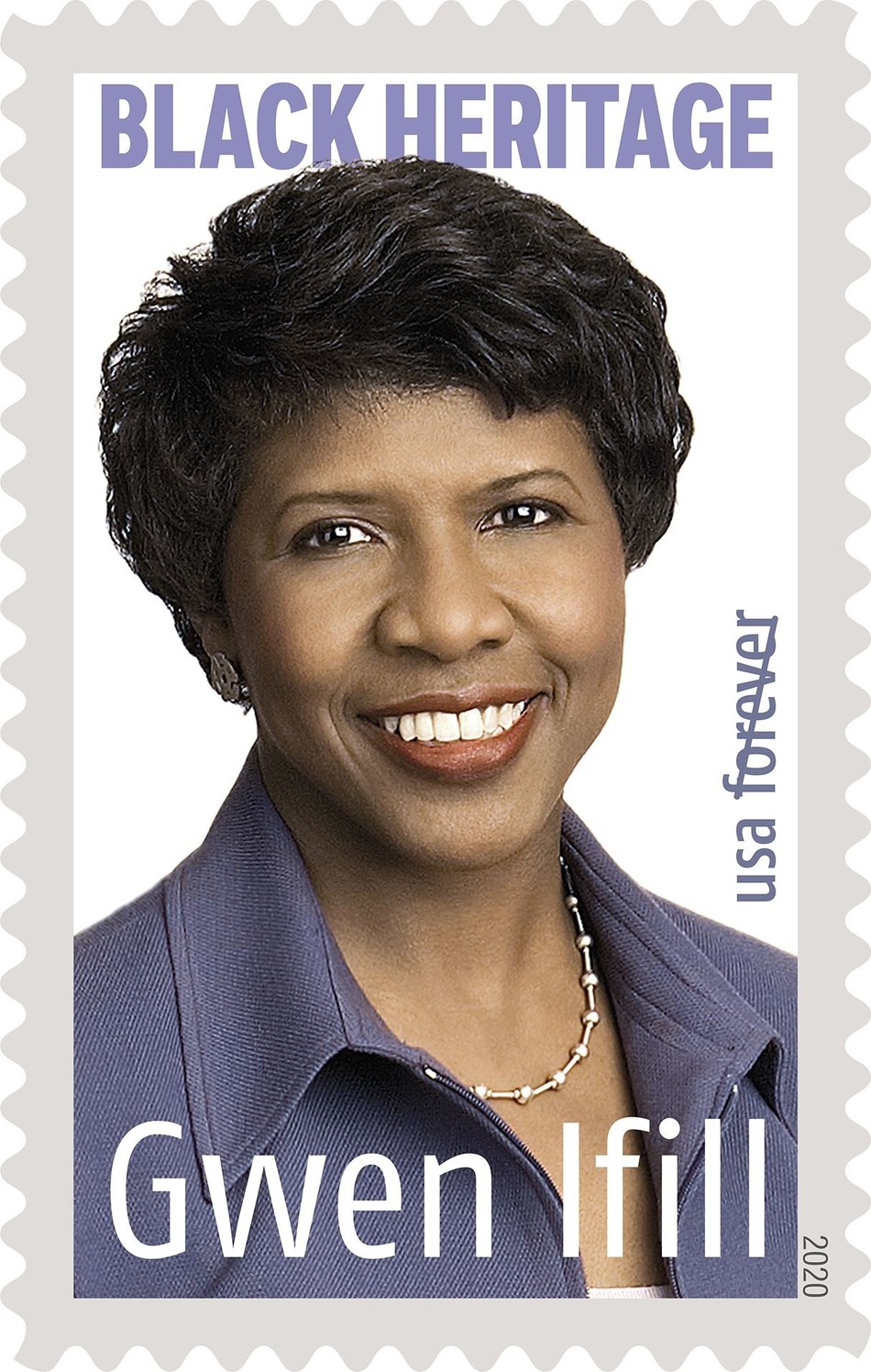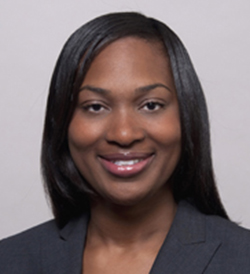 If America’s growing ranks of multicultural audiences have a say, mainstream TV programming will become more culturally vibrant, suggests a new study released by Horowitz Associates. Findings from State of Cable & Digital Media™ : Multicultural Edition 2014 reveal that seven in ten (71%) African Americans, 65% of Hispanics, and 53% of Asians feel that staying connected to their culture is very important.
If America’s growing ranks of multicultural audiences have a say, mainstream TV programming will become more culturally vibrant, suggests a new study released by Horowitz Associates. Findings from State of Cable & Digital Media™ : Multicultural Edition 2014 reveal that seven in ten (71%) African Americans, 65% of Hispanics, and 53% of Asians feel that staying connected to their culture is very important.
The study suggests, however, that these important cultural connections are not delivered by mainstream media: In this annual survey of 2,078 White, Black, Hispanic, and Asian urban TV content viewers, more than four in ten (44%) total respondents—and a full 57% of multicultural viewers—feel strongly that mainstream television needs more diversity of cultures and lifestyles.
In today’s content-saturated and on-demand media market, understanding what engages multicultural audiences and, concomitantly, the new American general market, is critical for success.
David, an ethnographic research participant from Los Angeles, explains, “Television is very influential. People see it and take it as truth. If you have people playing a certain role, they get stereotyped.” Tanya, another participant from Houston, argues, “It goes back to having the right people in place to write the scripts who know that there are […] cultural differences other than what the media might be portraying.”
“Advertisers are embracing the idea that multicultural consumers are no longer niche, as evidenced by the new ‘total market’ advertising trend,” notes Adriana Waterston, Horowitz’s SVP, Marketing and Business Development. “Programmers must also consider the ‘total market’ when conceiving content that will engage audiences today. This requires a rethinking of what ‘mainstream’ means in America now, as well as an understanding of the Transcultural Effect™—the critical role media plays in both perpetuating myths and stereotypes and dismantling them,” Waterston asserts.





